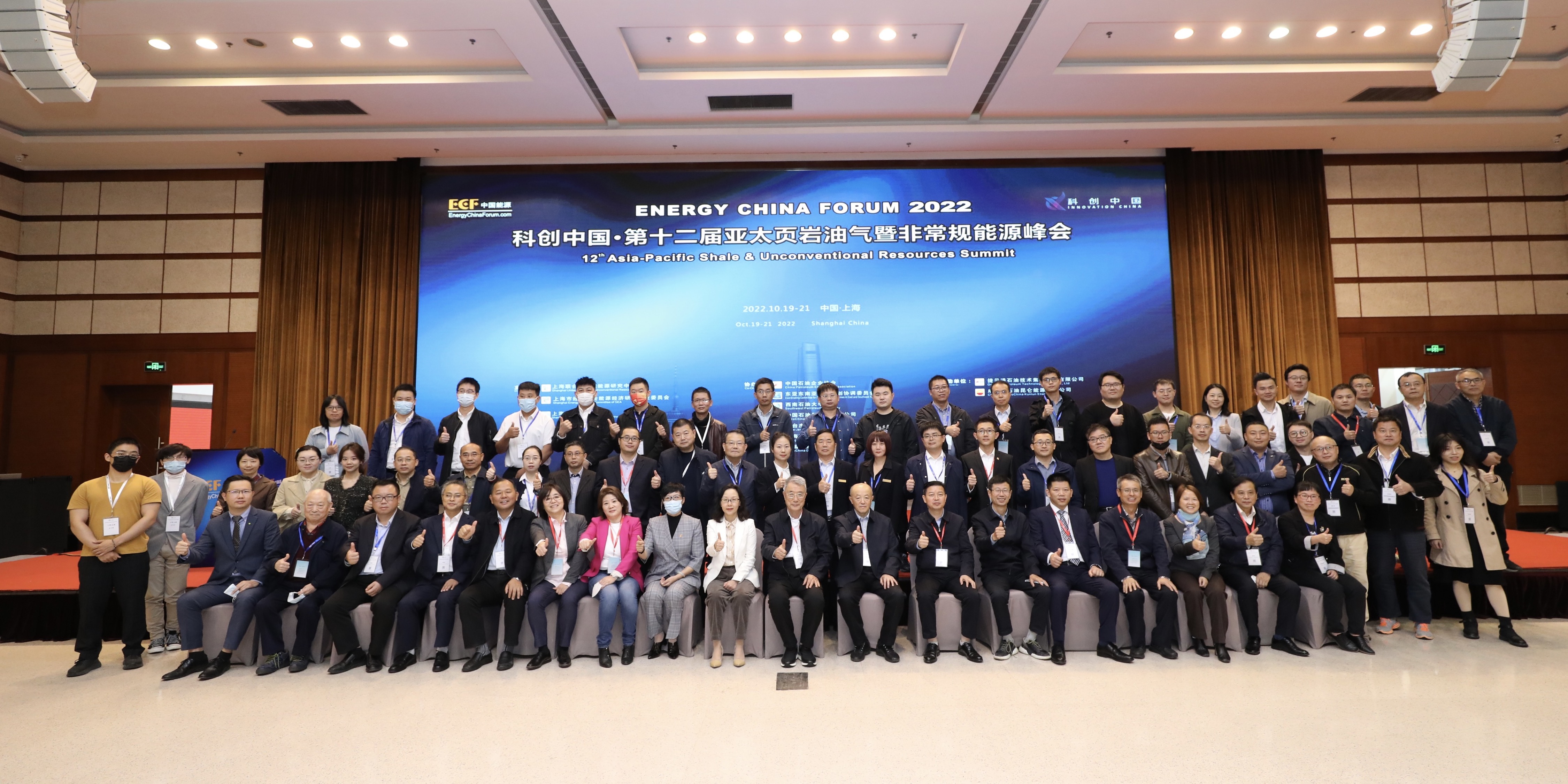Home
News, Data & Reports
Industry News
Xingxian CBM Project Connects to National Pipeline, Boosting Unconventional Gas Transmission
Xingxian CBM Project Connects to National Pipeline, Boosting Unconventional Gas Transmission
Log in or register to continue reading this article,Log in
Disclaimer: The above content was edited by Energy China Forum (www.energychinaforum.com), please contact ECF before reproduce.
Related News




